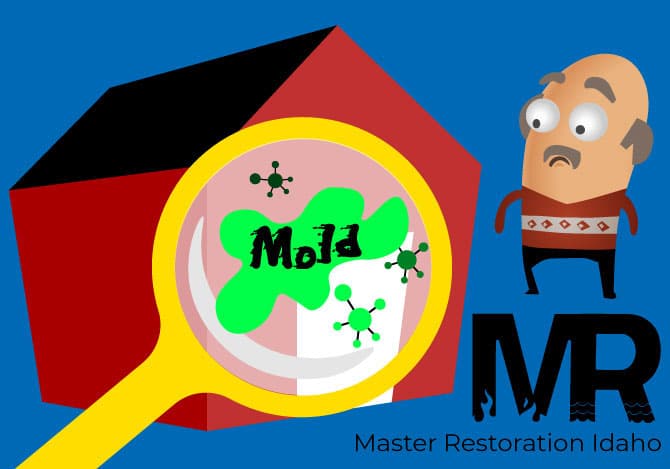
How to Prevent, Find, and Identify Molds in Your Home
Mold is one of the worst things that can happen to a home. Not only does it look disgusting, but it can also cause major damage and respiratory health issues for the people who live in it. Mold and its spores have been known to cause respiratory issues for those exposed to them, which is something you definitely want to avoid in [year].
As such, mold and water damage specialists have created this guide to help you understand how molds come to be. That way, you know how to prevent and identify the problem before it gets any worse.
The two kinds of mold
There are numerous species of mold out there, but only two are common household culprits: viable and nonviable. Viable mold refers to an infestation that is actively growing and spreading because it lives under the right conditions to do so.
Nonviable mold consists of specimens that are no longer actively growing. Usually this means that it no longer has a food source, no access to moisture, and so on. It can no longer spread and grow where it is, but nonviable molds release spores in larger amounts than viable molds. These spores can cause allergic reactions, asthma attacks, and other negative respiratory symptoms.
How to identify molds
In many cases, by the time the signs of mold become clear, it is already too late. It is likely that the mold has taken root in the dark nooks and crannies of your home. That makes it important to know the conditions under which the different types of mold flourish.
The first thing to watch out for is humidity. Mold is known to gather in places with high moisture, such as bathrooms, basements, and so on. They are also known to develop near appliances like refrigerators, freezers, air conditioners, and washing machines—anything that can raise the humidity and moisture in your home.
The next thing to watch out for is that musty smell that is similar to the smell of rotting meat, rotten wood, and wet socks. This smell comes from the byproducts created by mold as it digests the surface upon which it is growing. The gases and odors it might release are toxic to many animals, so this problem must be addressed immediately.
Normal cleaning is not enough
The problem with mold is that DIY solutions are often not enough. While it can certainly be wiped off from walls and underneath sinks, it does not address the root of the problem. The mold is likely inside the crevices, cracks, and walls of your home. Essentially, it is like pruning the shrubs but leaving the roots. They will grow back again and again until this issue is fixed by mold and water damage specialists.
Mold growth doesn’t stop at cleaning of contaminated surfaces. There will likely be spores in the air. These spores will eventually take root again, and grow in your air ducts, air conditioners, and so on. You will need to have your ducts cleaned regularly to prevent this issue. HEPA air purifiers can also remove them from the air and keep the residents of your home safe and healthy.
Final thoughts
Mold is a deadly enemy to have in the home. It can cause damage to your furnishings, ruin your appliances, and risk the health of your family. It spreads quickly and easily, and is notoriously difficult to remove without the help of water and mold damage specialists. That is why it is important to understand the science behind mold—so you can prevent them and address the conditions that lead to their spread.
If you have found the signs of mold in your home, it’s time to call the water and mold damage specialists. We at Master Restoration Idaho can be your complete disaster cleanup solution for water, fire, and mold.
